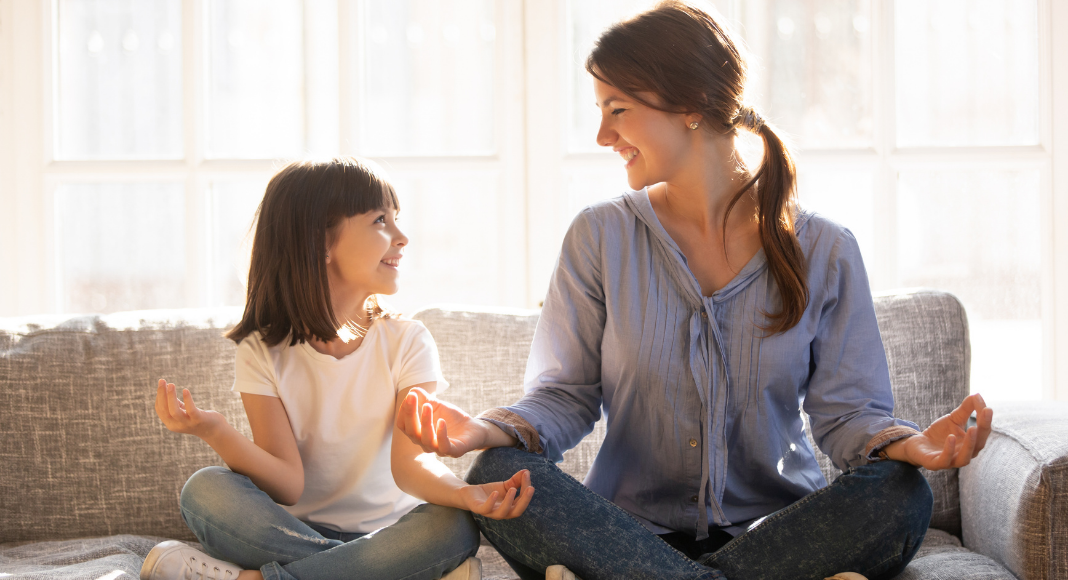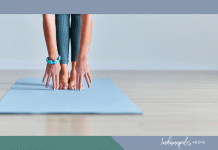 I don’t know what it is with her voice -the tone or the melodic phrasing- but listening to Tamara Levitt tell me to find a comfortable position and relax every part of my body is butter to my daily bread. Finding peace with mindfulness on the Calm app is worth every automatically deducted yearly subscription. If Tamara says all is well, then all is well.
I don’t know what it is with her voice -the tone or the melodic phrasing- but listening to Tamara Levitt tell me to find a comfortable position and relax every part of my body is butter to my daily bread. Finding peace with mindfulness on the Calm app is worth every automatically deducted yearly subscription. If Tamara says all is well, then all is well.
I may be exaggerating a tad. Those meditations help my body relax enough to allow sleep each night, but her voice alone is incapable of keeping me in a relaxed state while I tackle every waking moment.
Mindfulness is definitely a buzzword and has been for some time. Its definition is simply “focused attention on the present.” Teacher and clinician Jon Kabat-Zinn takes it further and calls it “an awareness that emerges through paying attention on purpose.”
Cool. If paying attention means noticing my four-year-old’s closet wall Picasso in red Sharpie or the withering bag of salad in my fridge that I never intended actually to eat, then YES, I am fully aware but apparently not paying enough attention (Picasso in red sharpie on the wall – exhibit A).
What practices can we incorporate that will shift our awareness to what matters? How can I shift from reactive attention to purposeful attention?
One practice I have found incredibly potent is body and breath exercises. If you have ever attempted to make a decision or think clearly while under distress, you may notice how your breathing may quicken or forget to breathe. Your face may feel warm, and your chest may tighten. The deep well of research coming to light on our brain, body, and stress response has allowed adults and children alike to benefit from the tools we now have that work towards calming our bodies and assisting in regulation. My favorites include bell breath, 4-7-8 Breathing, candle/flower breathing, and belly breathing. These exercises are great preparation for a time of guided or free meditation, and you can do them anywhere and at any time.
A second practice I enjoy is focused attention. Sometimes these are called brain exercises or grounding exercises. My absolute favorite is called 5,4,3,2,1. Name five things you can see, four things you can hear, three things you can feel, two things you can smell, and one thing you can taste. A multi-sensory approach directs our awareness away from your withering bag of salad that you never intended to eat, which could spiral you down the inevitable rabbit hole of replaying all the poor choices you are currently wrestling with by bringing you back to your physical body. If you struggle with situational anxiety or panic attacks, this practice can be tremendously helpful.
The last practice I look forward to each night is my daily guided sleep meditation. This is when Tamara Levitt sings me to sleep for ten minutes, and all is right with the world. While breathing is part of these exercises, the specific themes in guided meditations bring the listener out of the body into a higher space. I do not solve problems or uncover deep-seated trauma during this practice. I find a much-needed release, peace, and the right amount of calm needed before I fall asleep.
When introducing these practices to our kids, we must teach what a feeling looks, feels like, and its name. This does not have to be some special teaching lesson but done through modeling or a “think aloud” (pausing during a show, app, or book and asking questions or discussing aloud). Our kids can begin learning how to recognize, name, and problem solve when faced with lots of stimuli. Once we have a solid base of what a feeling feels like, we can name it, start to understand what triggers a particular feeling, and finally find ways to feel better.
There are gazillions of meditations and practices available to fit what you need. I asked my steadfast Indianapolis Moms collaborators for their recommendations on both child and adult mindfulness materials, and here are their favorites:
Yo Re Mi
Cosmic Kids
Go Noodle
Calm
Breathe Like a Bear (Willey)
Insight Timer
10% Happier (Harris)
Meditation for Fidgety Skeptics (Harris)
Headspace
Do you have a go-to resource for mindfulness and meditation exercises? Favorite picture book? Podcasts? Free apps? I would love to know about it! Let us know what works for you!








